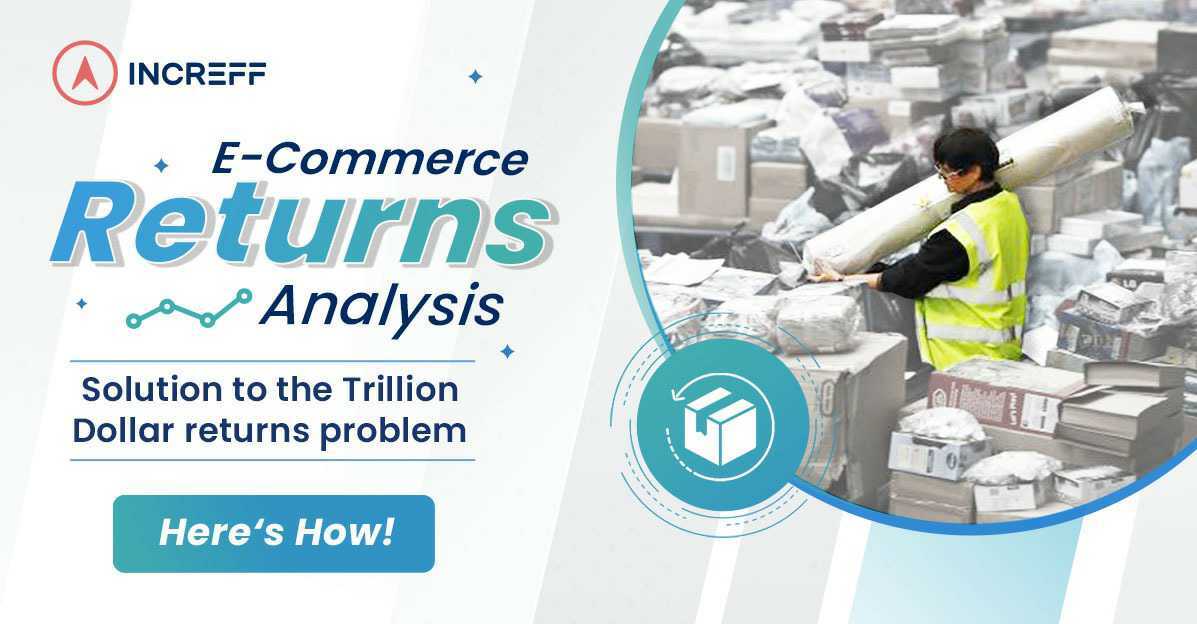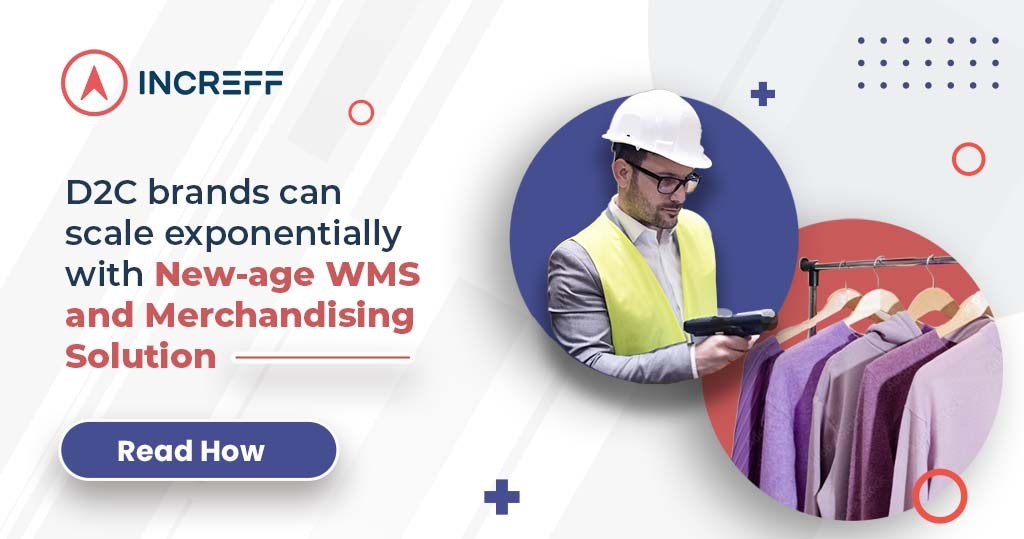The e-commerce industry has been around for more than a decade now, and it has changed the dynamic of operation of most of the world’s retail marketplaces. One of the major shifts e-commerce players have experienced is the shifting from an inventory-led model to a marketplace model for inventory management. The inventory-led and marketplace e-commerce models are both major parts of the e-commerce industry, but play different roles in the market. Marketplace platforms and online stores have both become powerful e-commerce business models within the digital economy.
Let’s look at the definitions of the inventory model and the marketplace model:
Inventory Model
This is when a marketplace e.g. Amazon, sources volumes of inventory from brands & sellers and stocks it in its own warehouse. The e-commerce marketplace owns the inventory and sells it directly to the customers, managing the logistics and every aspect involved in the e-commerce business.
Marketplace Business Model
Following a zero inventory policy, the e-commerce platform acts as a facilitator between the buyer and the seller, providing an efficient, transparent, trusted virtual environment for commerce. The inventory remains with the seller and customers directly buy from the sellers, while the e-commerce platform manages the logistics.
With increasing momentum in the D2C business model, the marketplace model of inventory management has become popular. As marketplaces can stay lean, they are prepared to adapt to the changing competitive e-commerce landscape easily.
5 advantages for sellers to take on the ecommerce marketplace business model of inventory management are:
1) Better Capital Utilization for maximizing efficiency
Managing capital investments wisely means better cash flow, faster business growth, and greater competitive advantage. Traditional e-commerce ventures were highly capital-intensive involving setting up large storage spaces and handling associated management, warehousing, and logistics costs. The marketplace model of inventory management now distributes this burden to individual suppliers thus making business more viable. While Marketplaces manage the platform and logistics, sellers manage their inventory which gives them better control over the supply chain.
2) Highly Scalable
New-age technology solutions like Increff WMS, allow sellers to expose 100% inventory across multiple sales channels simultaneously. Without segmenting or blocking inventory for a specific channel, sellers can achieve greater inventory visibility, higher sales, better margins, and greater cash flow. With the real-time inventory update feature of Increff WMS, as soon as an order is placed on one channel, that quantity of inventory gets deducted from the overall stock, so the available quantity of inventory is only visible at all times. This prevents marketplaces from accepting excess orders even during peak sales. The robust tech backend facilitates millions of interactions between the servers every second, without any downtime, to ensure perfect sync. With the rise in SaaS technology solutions, infrastructure upkeep is low for sellers since maintenance and updates are handled by the tech provider.
3) Better control over customer data
As orders directly reach the seller, they get complete access to customer data. With efficient warehousing and faster order processing using Increff WMS, brands/ sellers can ensure faster order fulfillment and better customer service. They can analyze region-wise demand and plan merchandise for the upcoming season accordingly.
4) Wider Reach
Marketplaces have an existing well-developed customer base so individual brands/ sellers can capitalize on it thus saving efforts and costs in marketing for themselves. They also have a well-established network of Third-party logistics providers so brands/ sellers can ensure efficiency in the last mile.
5) Investor-Friendly
Entrepreneurs need financing and support to flourish their startup idea. Marketplace provides an established platform to expand the business, maximize sales, minimize returns and increase brand loyalty. D2C aggregators like Globalbees, G.O.A.T, Mensa Brands, etc. are investing in D2C brands and using advanced tech platforms, like Increff WMS, to boost the business growth of individual brands in their portfolio. Such immediate growth creates an advantage over other businesses searching for an investment.
Increff WMS solving challenges of the Marketplace model for Brands & Sellers
- Increff WMS allows efficient inventory management, 100% accuracy, and traceability of inventory within the warehouse.
- Sellers need a central standardized platform to view all data that would be coming from multiple marketplaces. Increff WMS provides a single platform to view inventory movement across different sales channels and multiple downloadable reports, at every stakeholder level, for in-depth analysis. Brands can analyze sales at individual channel levels and estimate the right assortment plan for each channel to capture maximum customer demand.
- The real-time inventory order sync feature ensures no excess order is received from any marketplace and that the inventory is updated at all times for a better customer experience
- The robust tech solution supports millions of interactions per second between the Marketplace and seller panel, without downtime, to ensure smooth system interaction and zero glitches. This allows easy, effortless business scalability and growth.
- Inventory serialization in Increff WMS allows rapid returns processing and efficient re-commerce to maximize sales opportunities.











